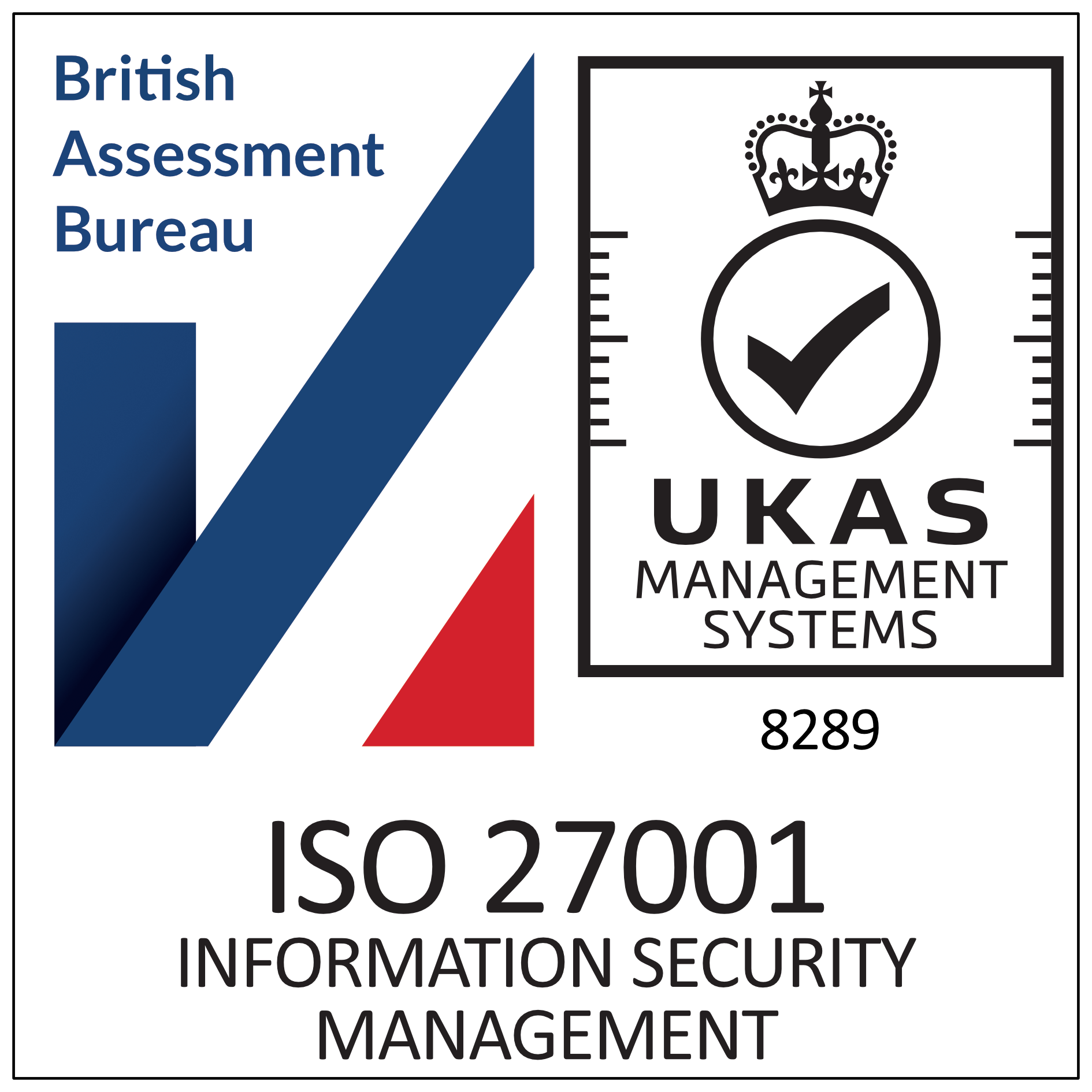Covid-19 Recovery Strategy
On May 11, the Government announced its recovery strategy, detailing a phased approach to the gradual re-opening of businesses. The full details can be found here .
The initial messaging around the Government’s strategy for handling this stage of the pandemic was confusing, but the subsequent briefing clarified the five key points that the government is seeking to convey in its guidance about employees returning to work and workplaces being coronavirus-secure:
1. For the foreseeable future, workers should continue to work from home rather than their normal physical workplace, wherever possible.
All reasonable steps should be taken by employers to help people work from home. Those who are able to work from home will allow those who have to attend workplaces in person to do so while minimising the risk of overcrowding on public transport and in public places.
BUT:
All workers who cannot work from home should travel to work if their workplace is open.
The guidance states that, if a worker cannot work from home, they should travel to their workplace (if it is open) in sectors like food production, construction, manufacturing, logistics, distribution and scientific research in laboratories. Employers should plan for the minimum number of people needed to be on site to operate safely and effectively.
Hospitality businesses must remain closed, although non-essential retail businesses can open from June 15.
2. Businesses should carry out a COVID-19 risk assessment
The guidance states that: “As soon as practicable, workplaces should follow the new “COVID-19 Secure” guidelines….. These will ensure the risk of infection is as low as possible, while allowing as many people as possible to resume their livelihoods”.
This means following the up-to-date Government and public health guidance to employers e.g. practising social distancing and ensuring communal areas, like kitchens, are used by only one person at a time.
Before employees return to work, employers should carry out a COVID19-specific risk assessment geared to the needs of their business and consult with staff (and trade unions or employee representatives, if applicable). Risk assessments must be clearly communicated to staff.
Employers with over 50 employees should publish the results of their risk assessments on their website.
The Health and Safety Executive has produced advice on working safely during the coronavirus outbreak and on communicating these measures to the workforce: https://www.hse.gov.uk/news/working-safely-during-coronavirus-outbreak.htm .
3. Develop cleaning, handwashing and hygiene procedures
Employers should increase the frequency of handwashing and surface cleaning in the workplace by:
· Encouraging frequent and thorough handwashing, reinforced by signage and clear notices reminding employees how to do this effectively;
· Providing hand sanitisers around the workplace and at entry and exit points;
· Cleaning workplaces more frequently, paying close attention to high-contact objects and surfaces like door handles and keyboards; and
· Providing hand drying facilities, either paper towels or electrical dryers.
4. Maintain 2m social distancing, where possible
Where possible, employers should maintain a distance of two metres between people at all times by:
· putting up signs to remind workers and visitors of social distancing guidance;
· avoiding sharing workstations;
· using floor tape or paint to mark areas to help people keep to a 2m distance; and
· staggering employees’ start and finish times.
5. Manage transmission risk
Where employers cannot keep people two metres apart, they should manage
transmission risk. Mitigating actions might include:
· Staggering working times or days;
· Increasing the frequency of hand washing and surface cleaning;
· Using screens to separate people from each other;
· Using back-to-back, rather than face-to-face, working;
· Ensuring communal areas such as toilets and kitchens are limited to use by one person at a time; and
· Ensuring meetings are held remotely and not in person so as to avoid being in close confines with others and to avoid unnecessary travel.
The Health & Safety Executive (HSE) will be doing spot checks to ensure that workplaces are safe for staff. If a spot check is done and a workplace is not safe, and the employer cannot say that they have taken reasonable action, then the HSE can issue a sanction. Enforcement measures against the employer could range from specifically advising them on measures they should take to imposing enforcement notices.
What if an employee refuses to return to work because of coronavirus-related concerns?
The Government’s Coronavirus Job Retention (Furlough) Scheme has been extended until the end of October and will continue in its current form until 31 July.
From 1 August, however, the Chancellor, Rishi Sunak, has said that the Government will ask companies to "start sharing" the cost of the scheme. The scheme will also operate with greater flexibility by, for instance, enabling employers to bring furloughed employees back on a part time basis. Full details of how the scheme will work from August onwards are expected shortly.
The gradual lifting of the UK’s lockdown measures will bring challenges for employers, including changes to job roles or terms and conditions of employment, but the most immediate concern for employers is likely to be dealing with employees who do not want to come back to work because they are worried about coronavirus or feel that the employer’s adaptations to the workplace do not go far enough to protect their health and safety.
Employers have a legal obligation to take all reasonably practicable steps to ensure the health safety and welfare of all their workers. All return-to-work plans and COVID-19 risk assessments must take account of this and put safeguards in place that take account of the specific circumstances that apply in the workplace.
Employees are required to obey an employer’s ‘reasonable instructions’ and this is likely to include the employee returning to work if the work cannot be done from home and the employer has put in place safe working practices in line with current government guidance.
However, under Section 44 of the Employment Rights Act 1996, employees are protected against detriment and dismissal when they have a reasonable belief of ‘serious or imminent danger’ to their health and others around them. In these circumstances, they can refuse to return to their workplace or carry out certain tasks. Given the potentially deadly nature of coronavirus, an employee could certainly claim that there are actual circumstances of danger, but the employee must also reasonably believe that there is a ‘serious and imminent’ danger. The employer’s COVID19-specific risk assessments will play a crucial role here in showing that the employer has taken a reasonable approach to mitigating risk.
It is uncertain how refusals to work under Section 44 will be treated in future employment tribunals, but employers need to proceed with care in order to avoid potential claims, seeking to consult and compromise rather than rushing to discipline an employee for unauthorised absence. Particular care should be taken when consulting with pregnant workers and those with underlying health conditions.
More content will be added to the Covid-19 and Employment Documents Group over the next few weeks, to help employers manage the transition back to work.
The contents of this Newsletter are for reference purposes only and do not constitute legal advice. Independent legal advice should be sought in relation to any specific legal matter.


